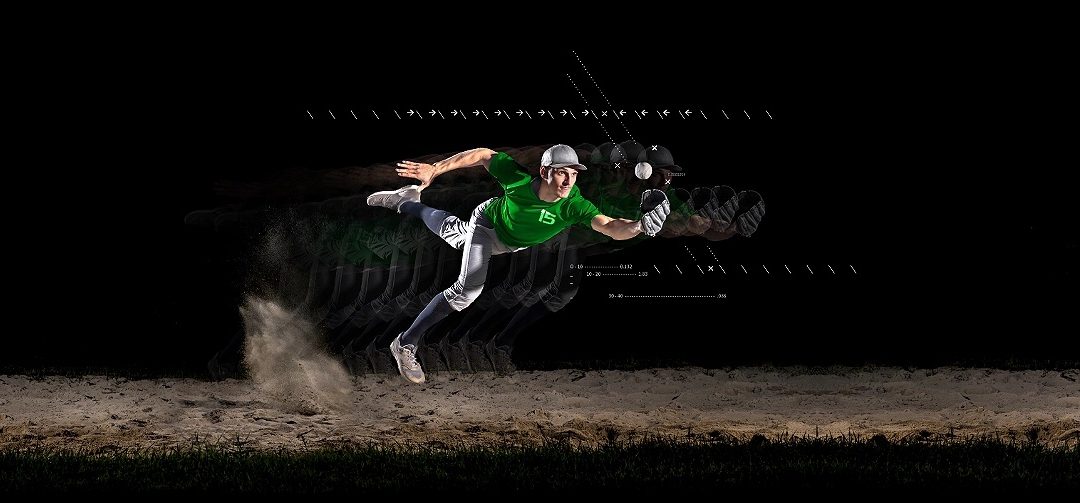Predicting the future of work presents significant challenges due to the intricate interplay between technological advancements and human decision-making. To better understand the potential outcomes and critical decision points, more sophisticated models are necessary.
Continue readingCategory: Technology and its malcontents
The limits of generative AI
Whilst cruising the interwebs I can across a nice description of the limits of large language (LLMs) models.
Continue readingContinue readingEven the effects already discovered are due to chance and experiment rather than to the sciences; for our present sciences are nothing more than peculiar arrangements of matters already discovered, and not methods for discovery or plans for new operations.
Aphorism VIII. Francis Bacon, Novum Organum, Book 1, 1620
Where will LLMs take us?
Not a week seems to pass by without some surprising news concerning large-language models (LLMs). Most recently it was when an LLM trained for other purposes played chess at a reasonable level. This seemingly constant stream of surprising news has led to talk that LLMs are the next general-purpose technology—a technology that affects an entire economy—and will usher in new era of rapid productivity growth. They might even accelerate global economic growth by an order of magnitude, as the Industrial Revolution did, providing us with a Fifth Industrial Revolution.
Continue reading“I am still struggling to find a proper definition of AGI… ur thoughts”
The short answer is that AGI is a bit meaningless as a term as we don’t really know what ‘I’ is. The best approach is the assume that AGI means “human-like intelligence in machines” while accepting that “human-like intelligence” is something of an unknown.
Continue readingThe coming wave
This book describes itself as the work of ‘the ultimate insider’. This seems rather apt as it provides us with a glimpse of what the technocratic chattering class are saying about the current AI moment. Unfortunately it doesn’t provide us with insight into how this current moment will play out as the view from inside appears to be is quite poor, lacking the perspective need to really grapple with this question.
Continue readingForever ten years away
Why do some the technologies always seem to be ten years away? We’re not talking about the science fiction dreaming of faster than light travel or general AI and the singularity. Those ten years apply to technologies that forever seem to be just out of reach, just beyond our current technical capabilities, like nuclear fusion (as opposed to fission) or quantum computing. Researchers make incremental progress and we’re told that (once the technology works) its going to change everything, but despite this incremental progress estimates of when the technology will be commercialised and so available to the public always seem to be in the ballpark of ‘ten years’.
Continue readingGen AI’s other use
The hype for generative AI doesn’t seem to be dying off. This is unsurprising as—unlike the metaverse, blockchain, and crypto—the technology is providing demonstrable benefits. We’re clearly in the installation phase where mad experimentation is the rule rather than the exception.
A lot of the mad experimentation we’re seeing is focused on either integrating new things into a LLM, or on jamming a LLM into some existing solution to ‘revolutionise’ it. There’s some great stuff in there—a wealth of new LLM-powered creative tools is enabling us to unleash our artistic urgers. On the other hand, integrating a LLM with an online learning platform is useful, but unlikely to be revolutionary.
Continue readingOn our new robot overlords
One might be convinced that our robot overlords have finally arrived, with all the noise in the news and social media about the new generation of generative AI tools. Tools such as GPT-3 & GPT-4, Midjourney, and Stable Diffusion, have resulted in a wave of creativity as we experiment with them, discovering what they can do, the new opportunities they represent, how to trick them, and where they fail. It’s now possible to turn a rough drawing into a functioning web site, create a recipe from a picture of potential ingredients, or develop a Seinfield-spoof streaming show. Conversations with these tools have even led some users to believe that the technology is conscious.
Continue readingA new narrative for digital data
The article suggests rethinking digital data privacy by adopting Indigenous Australian metaphors focused on relationships and responsibilities rather than Western concepts of property and rights. It argues that treating data as property fails due to its intangible nature and advocates for a framework where data is viewed through relational responsibilities. This approach, inspired by Indigenous cultures, emphasises communal care and accountability, providing a more sustainable and ethical model for managing digital privacy and data use.
Continue reading

